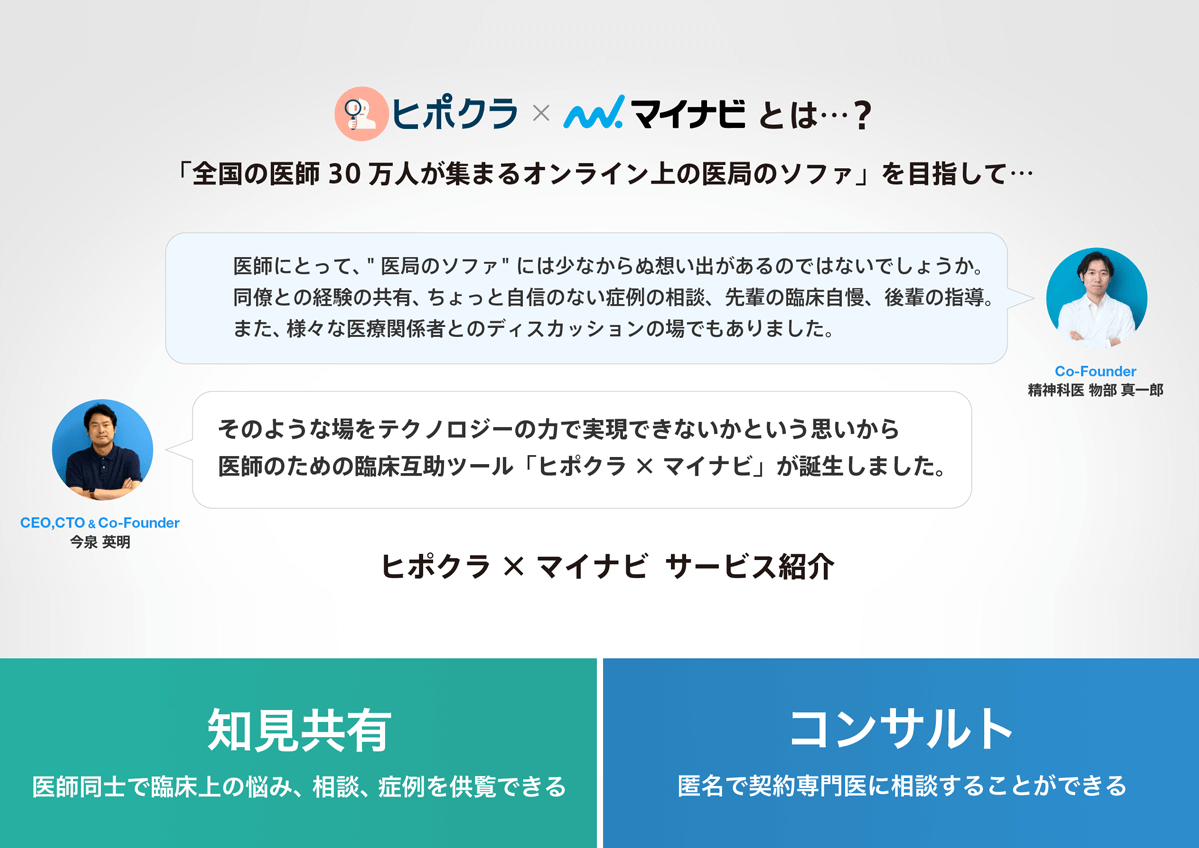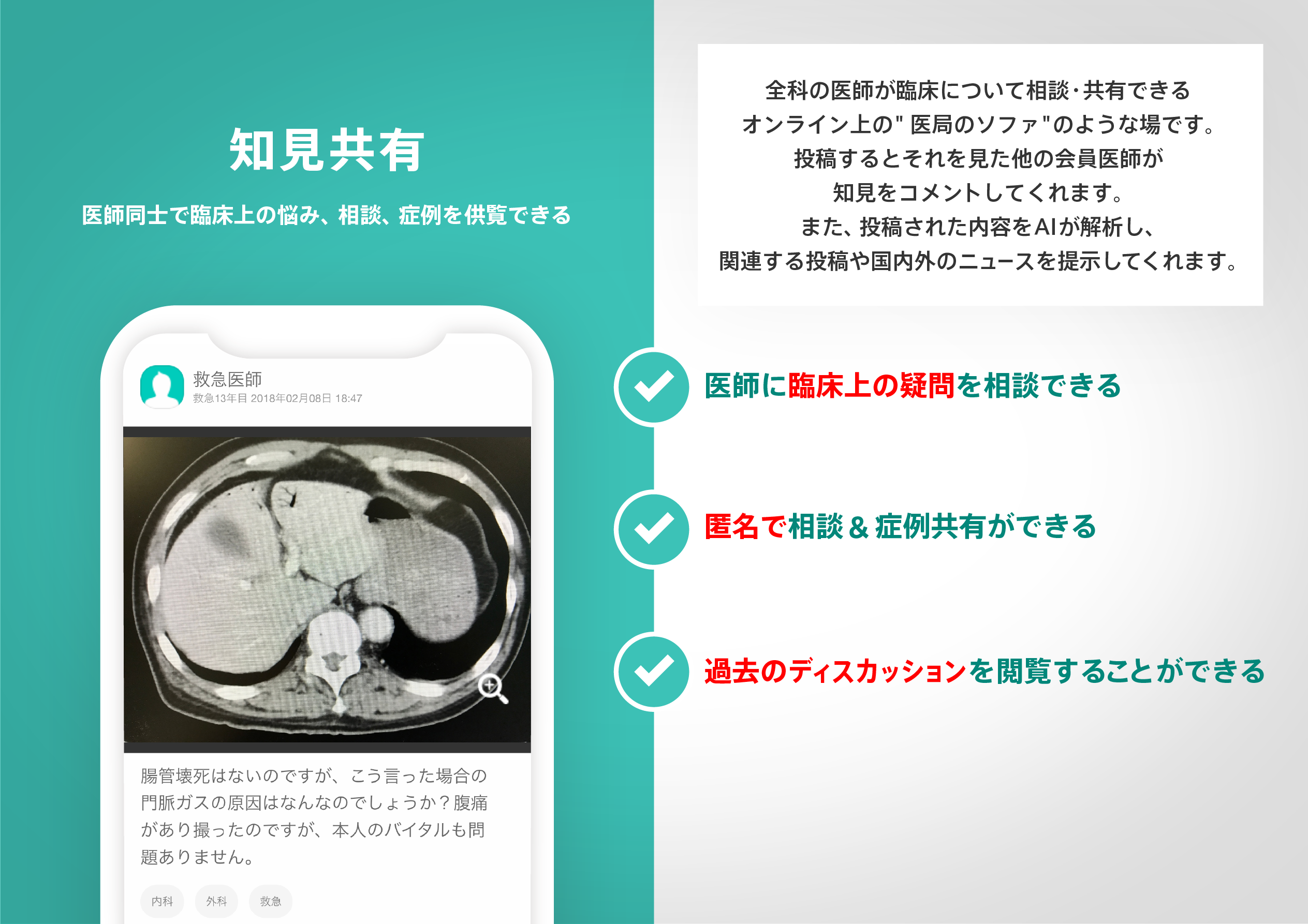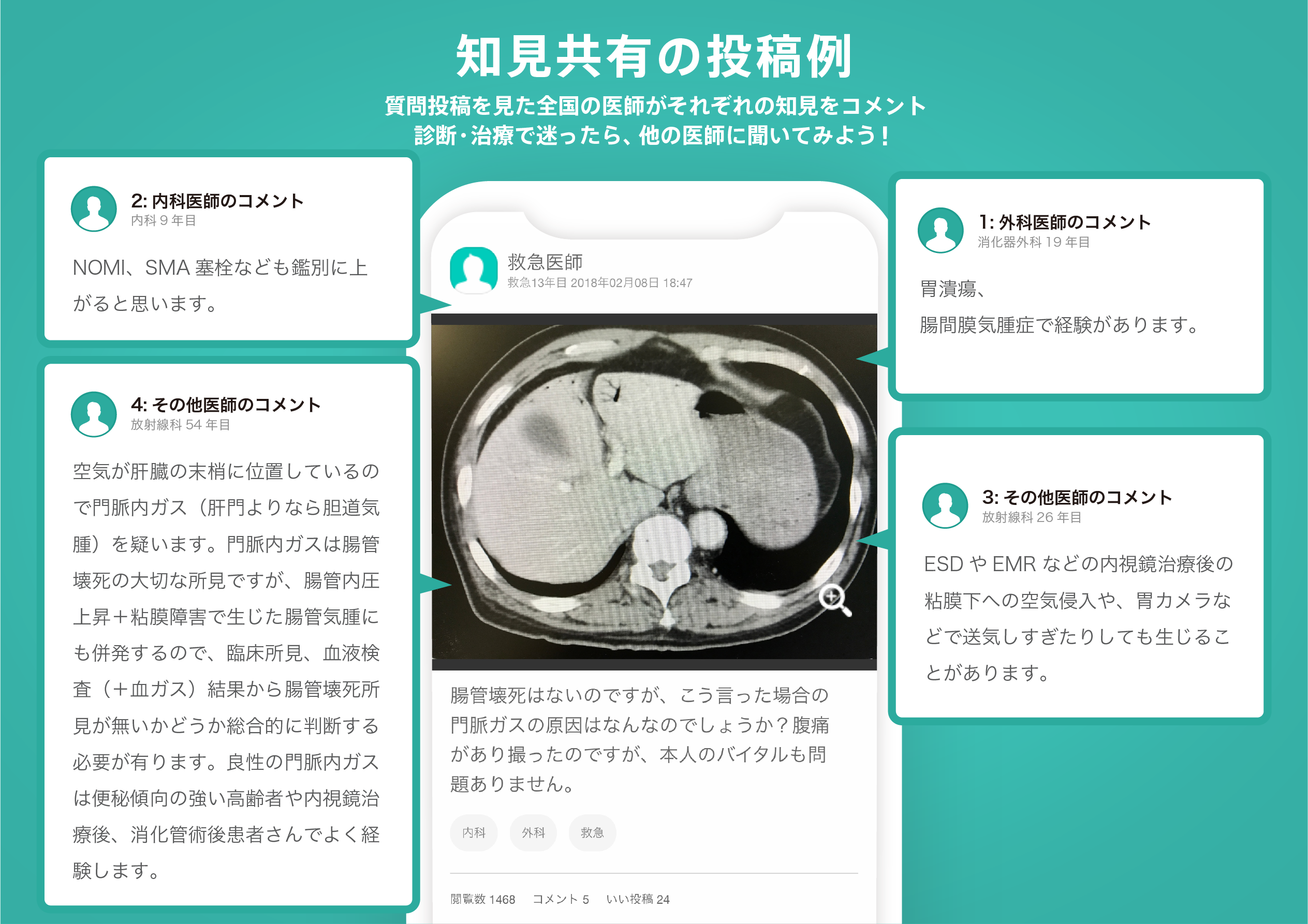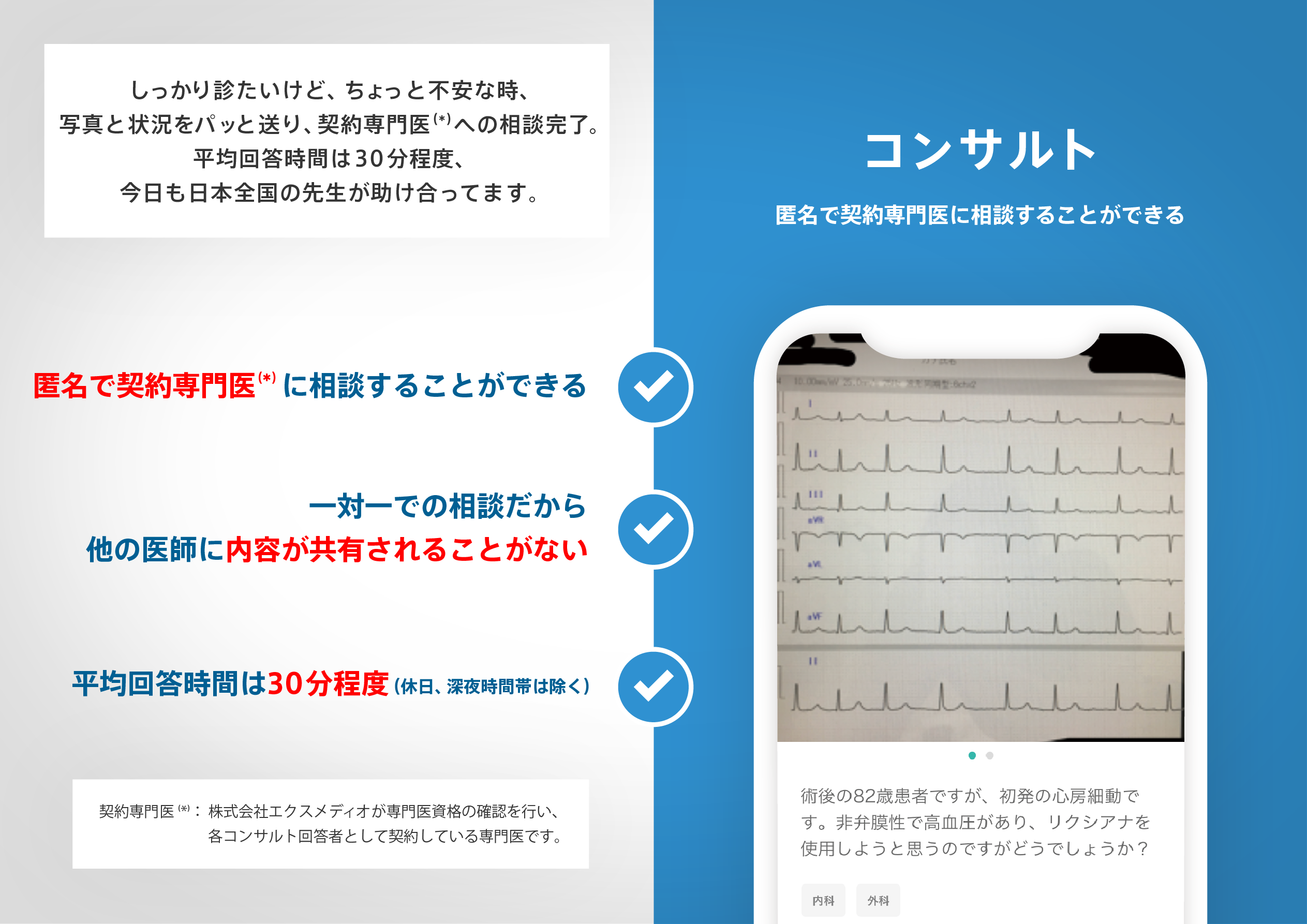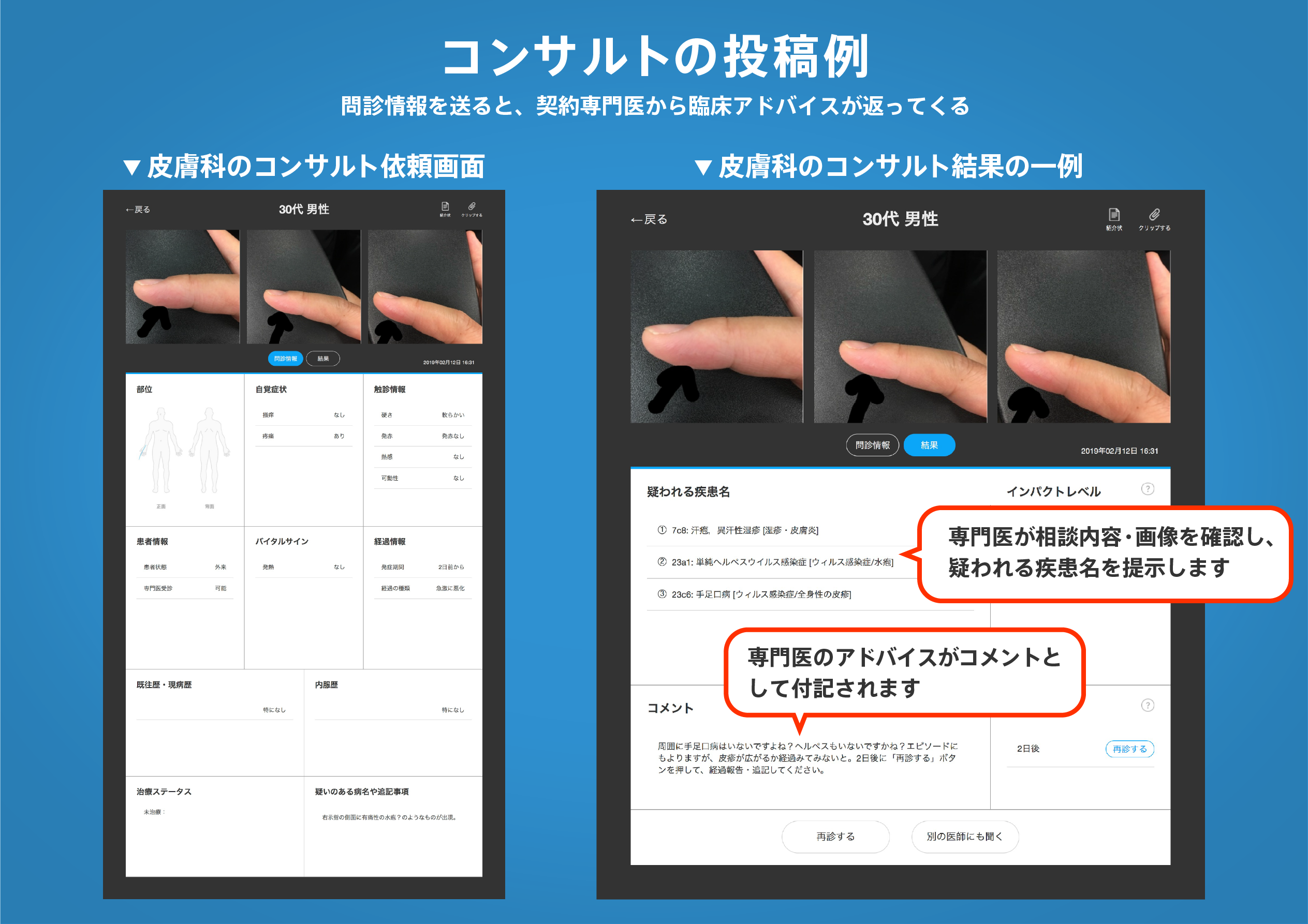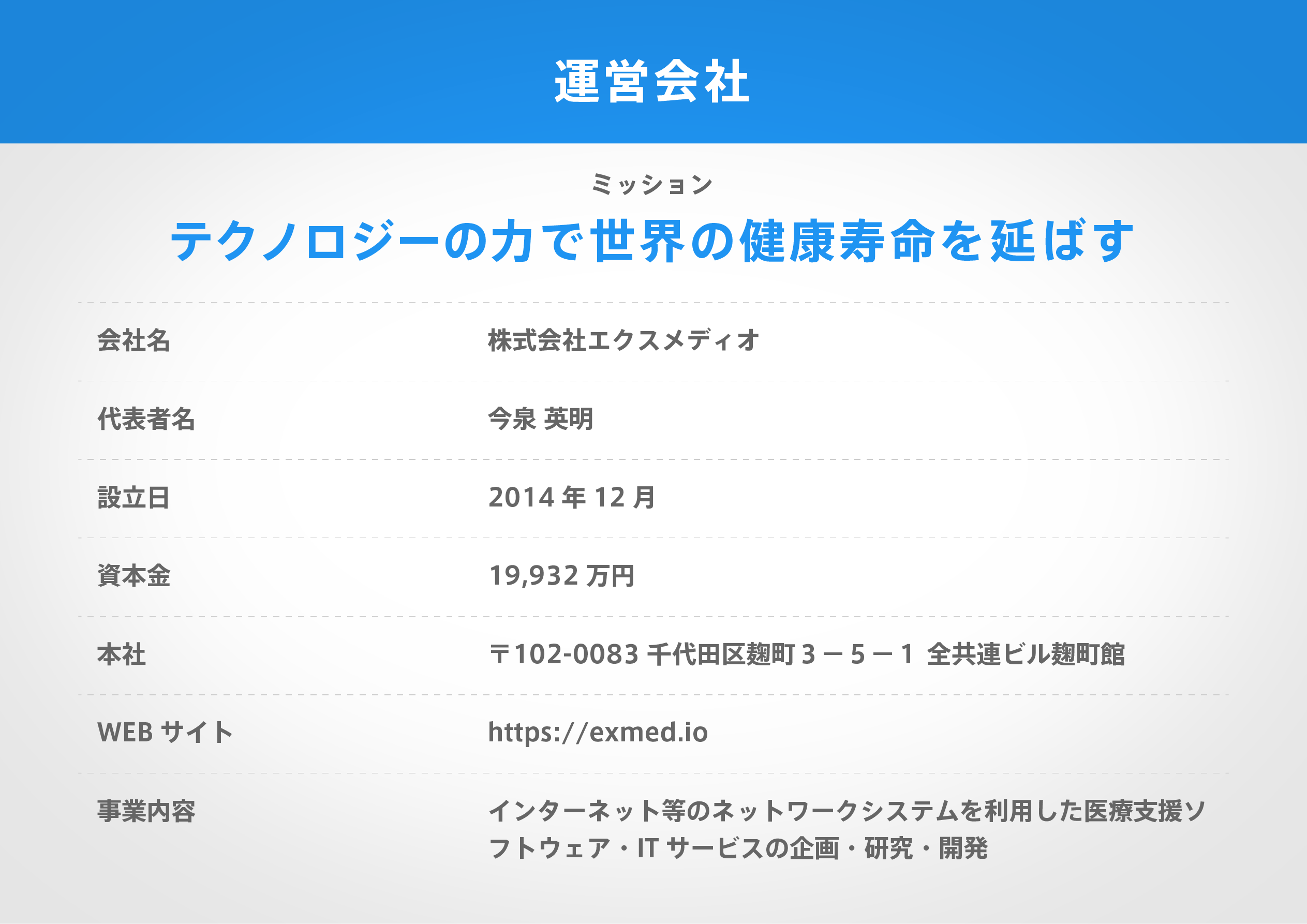著名医師による解説が無料で読めます
すると翻訳の精度が向上します
背景:アルコール依存症の治療のためのほぼ20年のナルトレキソン研究で、アルコール依存の治療のために、主にナルトレキソンのオピオイド拮抗薬のランダム化されたプラセボ対照試験が29件ありました。現在のレビューは、これまでに含まれる研究の数を最大化しながら、以前の系統的レビューに基づいています。この記事の臨床試験結果は、ナルトレキソンの治療の利点を決定するために使用される結果測定のタイプ、つまり、大量飲酒の減少と禁欲の増加に関連するものと関連する尺度によって評価されます。 方法:1990年から現在までの二重盲検試験(2006年)から、アルコール依存症の治療のためのアノピート拮抗薬の使用を評価したメドライン検索を実施しました。5997人のアルコール依存患者を代表する29の研究が特定されており、このレビューの研究包含基準を満たしていました。このレビューでは、「あらゆる飲酒」に関連する4つの事前に指定された飲酒結果-2に関する研究で評価され、「重い飲酒または過度の飲酒」に関連する2つの研究が評価されました。 結果:アルコール依存の治療では、「重または過度の飲酒」の減少を測定した27の臨床試験のうち19(70%)がプラセボよりもナルトレキソンを処方するのに利点があることを発見しましたが、25の臨床のうち9(36%)のみが禁欲または「任意の飲酒」を測定した試験では、プラセボよりも薬の利点がありました。 結論:文献における二重盲検臨床試験の大部分は、大量飲酒を減らすためにアルコール依存のためにナルトレキソンの処方を支持しました。この発見は、飲酒に関連する報酬を減らすことにより、過剰な飲酒を減らすというナルトレキソンの作用メカニズムの理解と一致しています。したがって、我々は、激しい飲酒または過度の飲酒に関連する結果尺度は、ナルトレキソンの治療効果を定義することに最も関連していると結論付けています。ナルトレキソンの反応に影響する要因(治療順守と異なる患者サブグループ)についても説明します。
背景:アルコール依存症の治療のためのほぼ20年のナルトレキソン研究で、アルコール依存の治療のために、主にナルトレキソンのオピオイド拮抗薬のランダム化されたプラセボ対照試験が29件ありました。現在のレビューは、これまでに含まれる研究の数を最大化しながら、以前の系統的レビューに基づいています。この記事の臨床試験結果は、ナルトレキソンの治療の利点を決定するために使用される結果測定のタイプ、つまり、大量飲酒の減少と禁欲の増加に関連するものと関連する尺度によって評価されます。 方法:1990年から現在までの二重盲検試験(2006年)から、アルコール依存症の治療のためのアノピート拮抗薬の使用を評価したメドライン検索を実施しました。5997人のアルコール依存患者を代表する29の研究が特定されており、このレビューの研究包含基準を満たしていました。このレビューでは、「あらゆる飲酒」に関連する4つの事前に指定された飲酒結果-2に関する研究で評価され、「重い飲酒または過度の飲酒」に関連する2つの研究が評価されました。 結果:アルコール依存の治療では、「重または過度の飲酒」の減少を測定した27の臨床試験のうち19(70%)がプラセボよりもナルトレキソンを処方するのに利点があることを発見しましたが、25の臨床のうち9(36%)のみが禁欲または「任意の飲酒」を測定した試験では、プラセボよりも薬の利点がありました。 結論:文献における二重盲検臨床試験の大部分は、大量飲酒を減らすためにアルコール依存のためにナルトレキソンの処方を支持しました。この発見は、飲酒に関連する報酬を減らすことにより、過剰な飲酒を減らすというナルトレキソンの作用メカニズムの理解と一致しています。したがって、我々は、激しい飲酒または過度の飲酒に関連する結果尺度は、ナルトレキソンの治療効果を定義することに最も関連していると結論付けています。ナルトレキソンの反応に影響する要因(治療順守と異なる患者サブグループ)についても説明します。
BACKGROUND: In almost 2 decades of naltrexone research for treating alcoholism, there have been 29 published randomized placebo-controlled trials of opioid antagonists, primarily naltrexone, for the treatment of alcohol dependence. The present review builds on prior systematic reviews while maximizing the number of included studies to date, for the purpose of resolving inconsistencies in naltrexone's reported efficacy across trials. Clinical trial results in this article are evaluated by the type of outcome measure used to determine naltrexone's treatment advantage, that is, measures related to reducing heavy drinking versus those related to increasing abstinence. METHODS: We conducted a Medline search to identify double-blind studies from 1990 to the present (2006) that evaluated the use of anopiate antagonist for the treatment of alcohol dependence. There were 29 studies identified, representing 5997 alcohol-dependent patients, which met our study inclusion criteria for this review. Studies were evaluated in this review on 4 prespecified drinking outcomes-2 related to "any drinking" and 2 related to "heavy or excessive drinking." RESULTS: In the treatment of alcohol dependence, we found that 19 (70%) of 27 clinical trials that measured reductions in "heavy or excessive drinking" demonstrated an advantage for prescribing naltrexone over placebo, whereas only 9 (36%) of 25 clinical trials that measured abstinence or "any drinking" found an advantage for medication over placebo. CONCLUSION: The majority of double-blind clinical trials in the literature favored prescribing naltrexone for alcohol dependence to reduce heavy drinking. This finding is consistent with our understanding of naltrexone's mechanism of action of decreasing excessive drinking by reducing the reward associated with drinking alcohol. Thus, we conclude that outcome measures related to heavy or excessive drinking are most relevant to defining naltrexone's therapeutic effects. Factors influencing naltrexone response (treatment adherence and distinct patient subgroups) are also discussed.
医師のための臨床サポートサービス
ヒポクラ x マイナビのご紹介
無料会員登録していただくと、さらに便利で効率的な検索が可能になります。

